Questions raised about NSA access to satellite station
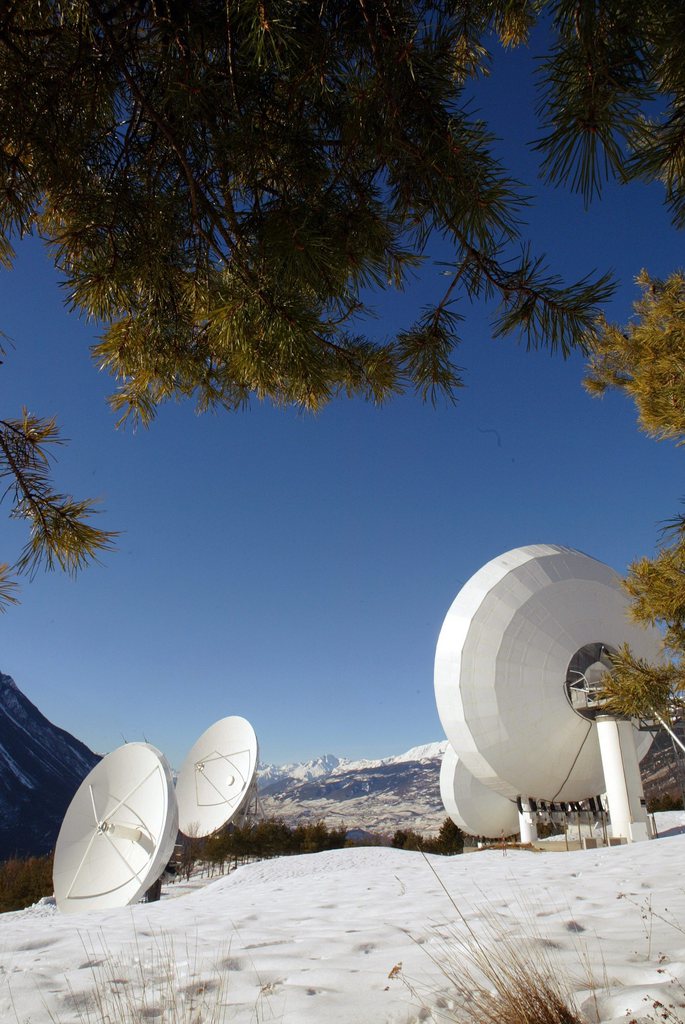
The eavesdropping scandal surrounding the US National Security Agency (NSA) has pushed the Leuk satellite reception station in canton Valais into the spotlight. The firm running it has been suspected of collaborating with American spying requests for years.
It’s difficult to miss the big satellite dishes implanted on the Leuk hillside, close to the road between Brig to Sion. Dozens of big, white dishes look expectantly up into the sky.
Since Edward Snowden’s revelations, the so-called “big ears” are back in the news. “I’m certain that Switzerland has a deal with the NSA. The Americans are very involved with the Leuk station,” British investigative journalist Duncan Campbell recently told swissinfo.ch.
The installation is divided into two zones, with the smaller site under Swiss control and managed by the defence ministry. The antennae are part of the Swiss “Onyx” surveillance programme, which intercepts international civil and military communications that transit via satellite.
If the NSA has direct as well as indirect (via the Swiss intelligence service) access to Leuk, then it would be via the bigger of the two sites. This zone covers an area of 150,000 square metres with over 50 antennae. The site is the property of Signalhorn, a business registered in Switzerland that is the property of Signalhorn Trusted Networks based in Backnang, Germany.
There is no connection at all between the Swiss military zone and the one managed by the German company according to the defence ministry. The only link is a “service contract” under which Signalhorn is responsible for the technical maintenance of the Swiss dishes.
According to its internet site, Signalhorn provides secure communication networks for its clients. These are mainly shipping companies, other firms and governments. Contacted by swissinfo.ch, Signalhorn did not wish to reveal which governments it had signed contracts with or comment on the allegations of collaboration with the American secret services.
“We don’t have any contact and we have not exchanged any information with the NSA,” said Defence Minister Ueli Maurer at the end of October.
However a document published by Spanish daily El Mundo seemed to entirely contradict his statement. In a list compiled by the United States of all countries that shared their data, Switzerland figured in a second group just behind nations such as Britain, Australia, Canada and New Zealand.
Former Justice Minister Christoph Blocher, who belongs to the same party as Maurer, told the Schweiz am Sonntag newspaper that ”it is clear that Switzerland cooperates with the American intelligence services”.
Balthasar Glättli, another parliamentarian and member of the House of Representatives defence committee, also has few doubts.
“Several years ago, a defence ministry spokesperson confirmed that there was a sort of collaboration between the Swiss intelligence service and foreign ones. That’s normal. What we would like to know is just how far this collaboration goes.”
Past controversy
Signalhorn is the most recent name (2012) for a company that has had several incarnations. In 2000, as Verestar, it bought the Leuk installation from Switzerland’s main telecommunications provider, Swisscom.
After this, the company changed name several times, but the main shareholder remained the same – American Tower Corporation, a heavyweight in the wireless communications industry, headquartered in Boston.
The 2000 takeover raised a few warning flags. The Leuk site was suspected of being part of ECHELON, a secret telecommunications interception programme launched in the 1970s by the governments of the US, Britain, Canada, Australia and New Zealand. ECHELON was a precursor to the PRISM programme, whose existence was leaked by Snowden.
At the time, it was believed that Verestar had acquired the site as part of the Groundbreaker project, during which the NSA allegedly outsourced some of its activities to private companies.
In 2001, a French journal, Le Monde du Renseignement, quoted an anonymous Swisscom official as saying that the NSA had intervened to help with the Leuk purchase, with CHF100 million ($109 million) of its own funds. Swiss defence ministry officials later denied these allegations.
In 1997, the Swiss government decided to develop an interception system to track civil and military communications that transit via satellite.
This system was called Onyx, and it went online in 2000, becoming fully operational in 2006. It relies on satellite reception stations in Zimmerwald and Heimenschwand, both in canton Bern, as well as in Leuk, in canton Valais.
The system uses a list of keywords to both filter intercepted communications and to search for information.
It was allegedly thanks to a message picked up by Onyx that Swiss authorities found out that Libya was aware of a planned military exfiltration of two Swiss hostages, kidnapped by the Gaddafi regime.
Nothing to see here
Several parliamentarians demanded to know what was going on at the Leuk site. The government stated that the company was just a commercial enterprise, that the NSA was not among its clients, and that its core business was transferring data, without knowing what that data was.
The media gradually forgot about Leuk’s satellite dishes until the revelations about the NSA’s widespread spying activities came to light. In an article published in the Schweiz am Sonntag newspaper at the beginning of November, a former NSA employee was quoted as saying that Signalhorn worked for the American agency.
A closer look at the careers of Signalhorn’s management reveals close ties to the American defence sector.
Until a few months ago Signalhorn CEO James Kubbernus headed TrustComm, a telecoms company headquartered in a Texas military base. His right-hand man, Rick Minter, is a former Chief Operating Officer of SES Government Solutions, a company specialising in satellite and military communications and which is very closely linked to the American government.
The defence ministry is not concerned, saying “there is no reason to believe that this company or its installations are linked to the PRISM programme”.

In compliance with the JTI standards
More: SWI swissinfo.ch certified by the Journalism Trust Initiative
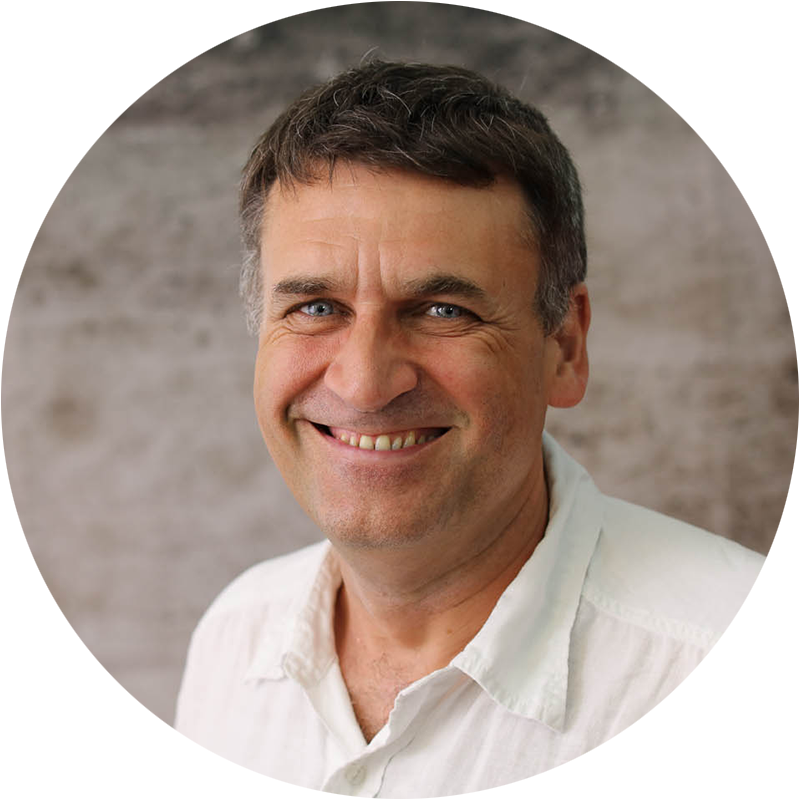
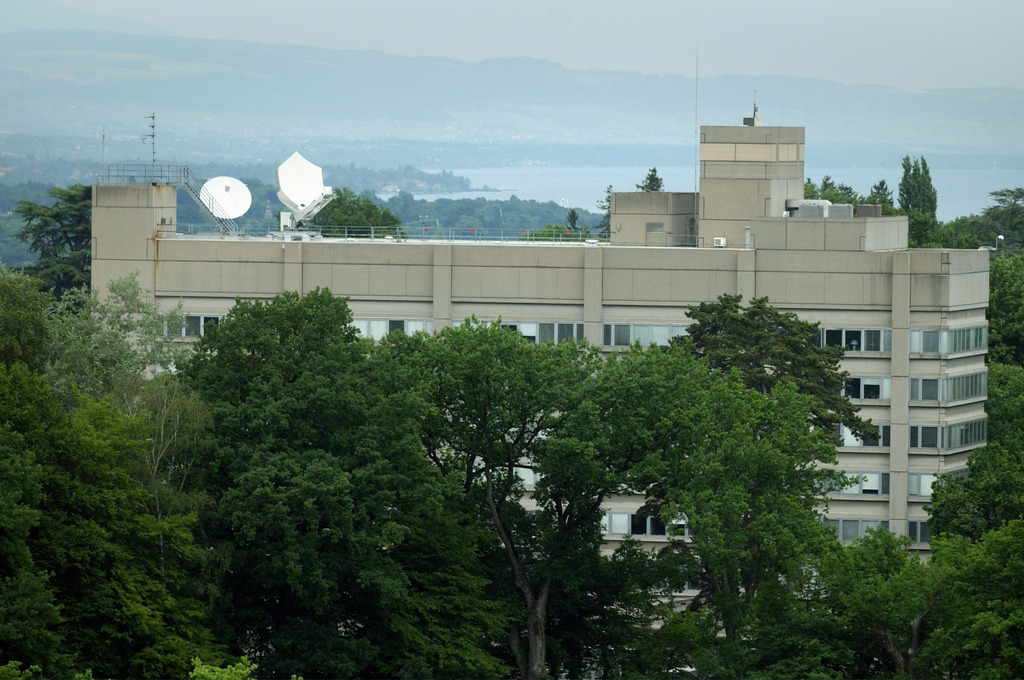
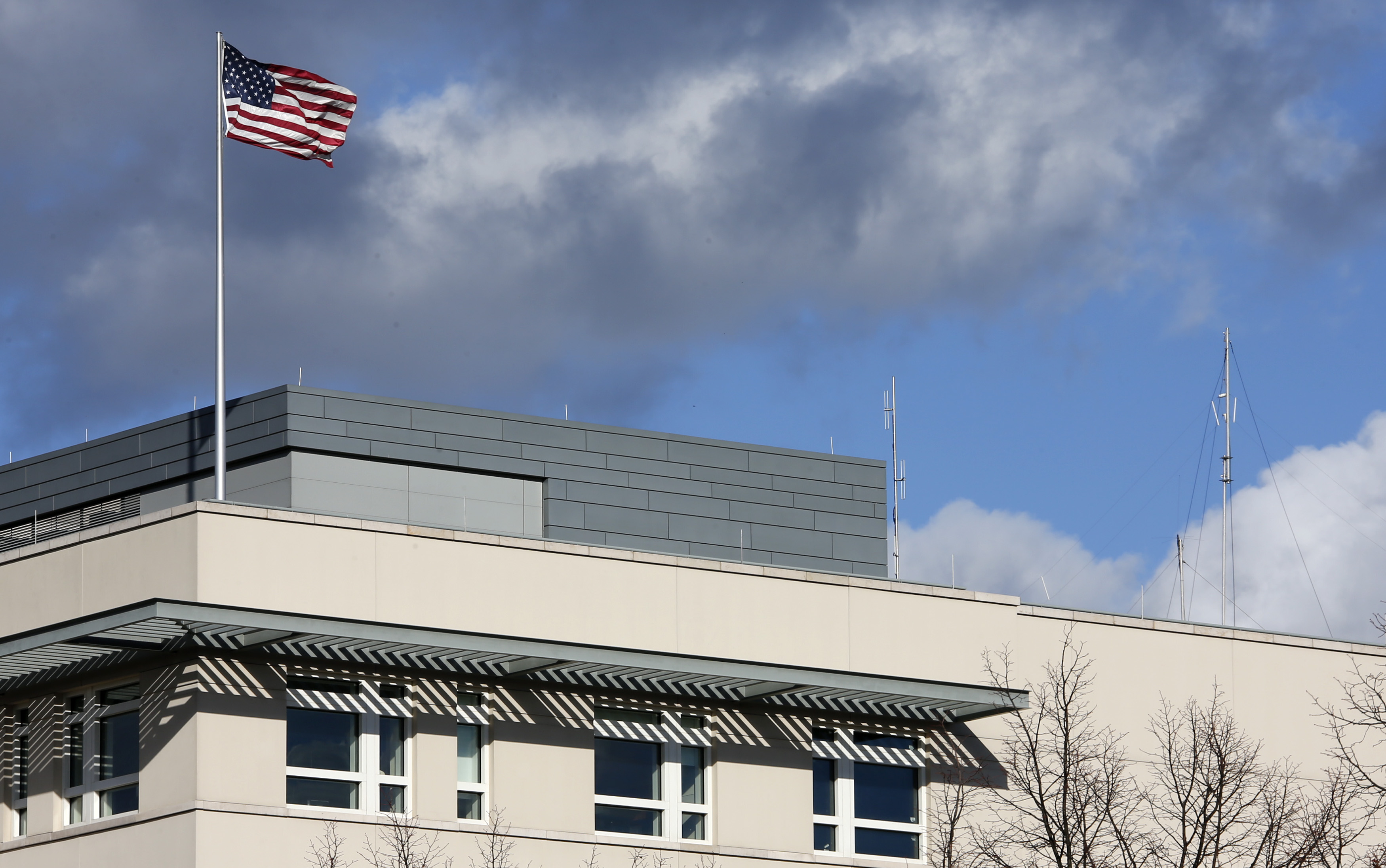
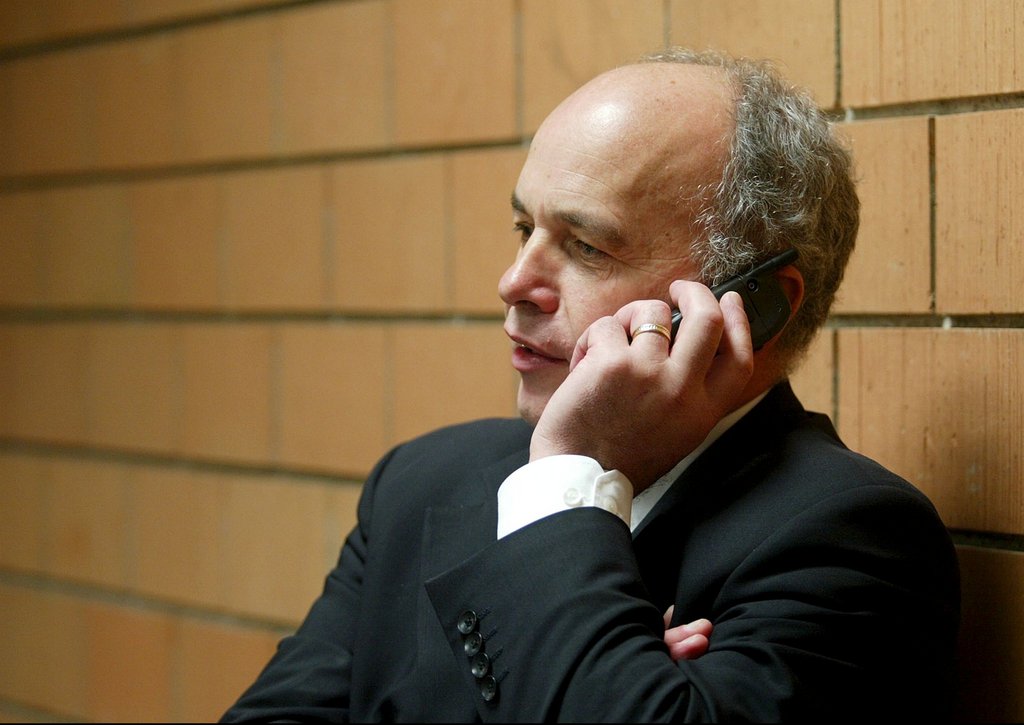
You can find an overview of ongoing debates with our journalists here. Please join us!
If you want to start a conversation about a topic raised in this article or want to report factual errors, email us at english@swissinfo.ch.